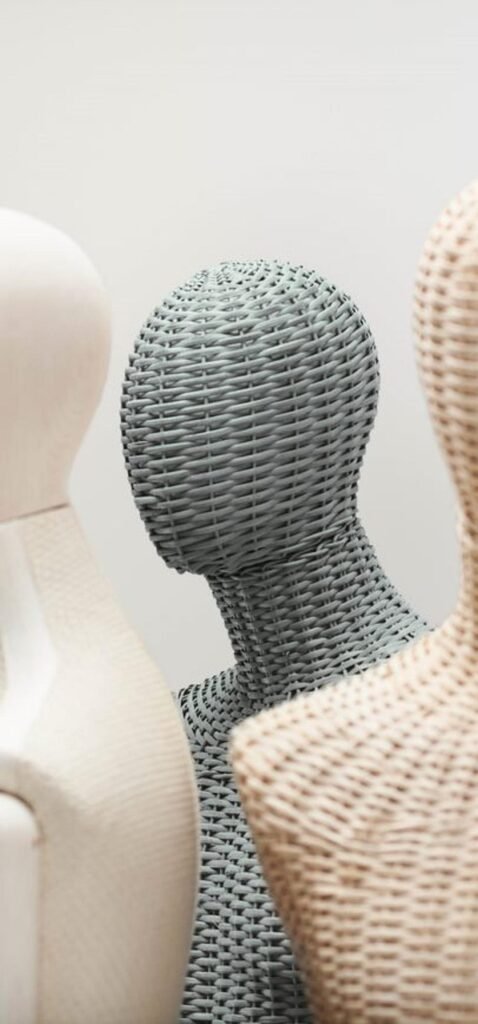How to Stop Shopping for Clothes When Your Closet is Already Full

How to Stop Shopping for Clothes When Your Closet is Already Full
We’ve all had that moment: standing in front of a stuffed closet and sighing, “I have nothing to wear.” Then comes the temptation to scroll through sales or pop into a shop, looking for that one piece that will fix everything. The problem isn’t really a lack of clothing—it’s that we can’t see, use, or make the most of what we already own.
Here are some tactics to help you stop shopping and start reworking your closet so that it feels fresh, useful, and more like “you.”
Make Your Closet Accessible
A cluttered closet hides your best options
Instead of buying new, start by making what you already own easier to see and reach.
Rotate by season.
Pack away off-season clothes in a bin or suitcase. This way, you only have the items you can actually wear right now in front of you. Group by type and color. Hang tops together, pants together, dresses together. Within those groups, sort by color. This makes it easier to spot combinations and cuts down on the feeling of “I don’t know what goes with what.” Use hooks or a small rail. Pull out tomorrow’s outfit the night before and hang it on a hook. Sometimes just seeing your clothes in a new way makes them more appealing. Highlight forgotten pieces. If something hasn’t been worn in ages, bring it to the front. Often, you’ll rediscover it.
Play With What You Already Own
Part of the reason people shop is the craving for novelty. You can give yourself the same feeling without spending money.
Try new pairings. That dress you only wear with sandals? Try it layered over jeans or with boots. That blazer you save for work? Throw it over a t-shirt and wear it casually. Use accessories. Scarves, belts, and jewelry can completely change how an outfit feels. You might only own one black dress, but add different layers or accessories and you’ve got multiple versions of it. Host a closet swap with yourself. Box up five items you like but rarely wear. Store them for a month. When you bring them back out, they’ll feel fresh—like shopping your own wardrobe.
Choose Pieces That Do Double (or Triple) Duty
If you do buy something new, make it count. The goal is to add versatility, not clutter.
Layering basics. A good button-up shirt can work under a sweater, over a tank, or tucked into a skirt. Neutral trousers or skirts. Something that pairs with multiple tops saves you from needing three different pairs. A good cardigan or jacket. Throw it over almost anything, from dresses to casual outfits. Shoes that cross settings. A simple pair of boots or flats can work at work, on weekends, and even dressed up for evening.
The test: if you can picture wearing it in at least three different outfits, it’s worth considering.
Shift the Mindset
Stopping the shopping habit isn’t just about organizing—it’s about how you think.
Pause before buying. Ask: do I already own something similar? Could I style what I have differently? Set a no-buy period. Challenge yourself to go a month—or three—without buying clothes. You’ll start noticing what you actually wear most. Track outfits. Take quick photos of what you wear. After a few weeks, you’ll see patterns in what you reach for, which helps you stop chasing “new” for the sake of it. Value comfort and fit. Often, the things we avoid wearing don’t feel right on us. Instead of buying more, tailor or adjust what you already own so it truly works for you.
Your closet probably has more potential than you realize. By making it accessible, experimenting with combinations, and adding only what earns its place, you can cut back on shopping and finally feel like you do have something to wear—without overstuffing your space or your budget.
